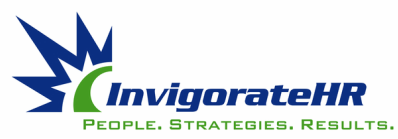 Onboarding is a prime opportunity for employers to win the hearts and minds of new employees. According to SHRM, 69 percent of employees are more likely to stay with a company for three years if they experienced great onboarding. In addition, new employees who went through a structured onboarding program were 58 percent more likely to be with the organization after three years. Finally, organizations with a standard onboarding process experience 50 percent greater new-hire productivity. To halt the flow of new hires prematurely heading for the exits, organizations have to give more thought and attention to how they convert attractive job candidates into successful longer-term employees. Otherwise, they are wasting the time and energy they spend on recruitment and selection. When designing and implementing a cohesive onboarding program or process, HR professionals need to engage with key stakeholders throughout the organization to ensure that all new hires have an optimal onboarding experience. Here are three steps to help your organization develop a strong onboarding program. Focus on the Experience. The old adage still holds true: "You never get a second chance to make a first impression." So give some thought to what kind of first impression you want new hires to have of the organization. If you truly want to design an onboarding process or program that drives retention and performance, the new employee orientation is simply the first step in a journey that can take weeks and sometimes even months. Utilize technology to streamline the administrative process. Rather than giving new hires mountains of information to memorize, show them how to use the benefits portal to find the information they need, and then let them absorb that information on their own time. However, technology cannot replace the one-on-one interactions between new hires and various members of the organization that elevate the onboarding experience. |
Archives
December 2024
|

 RSS Feed
RSS Feed